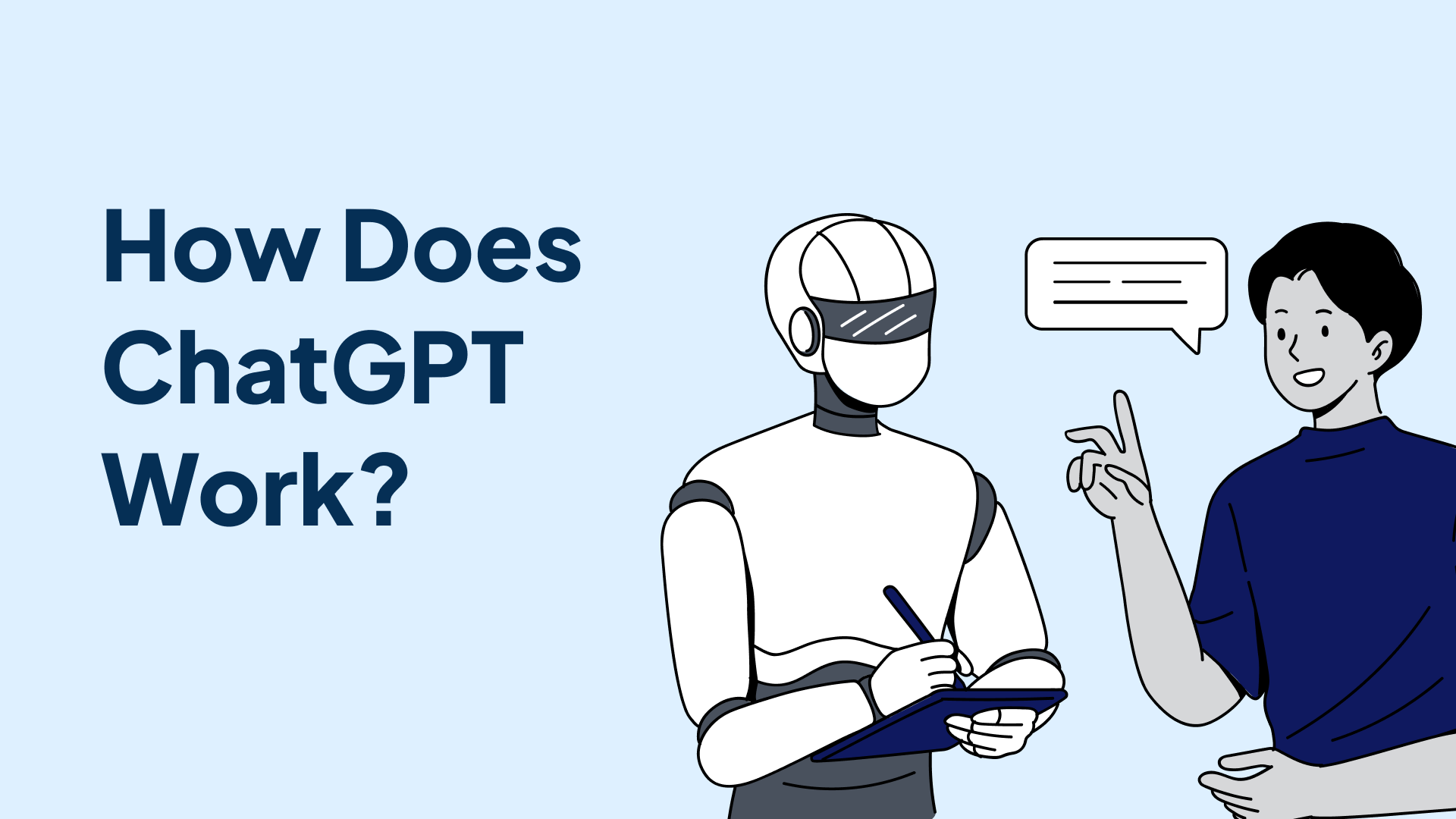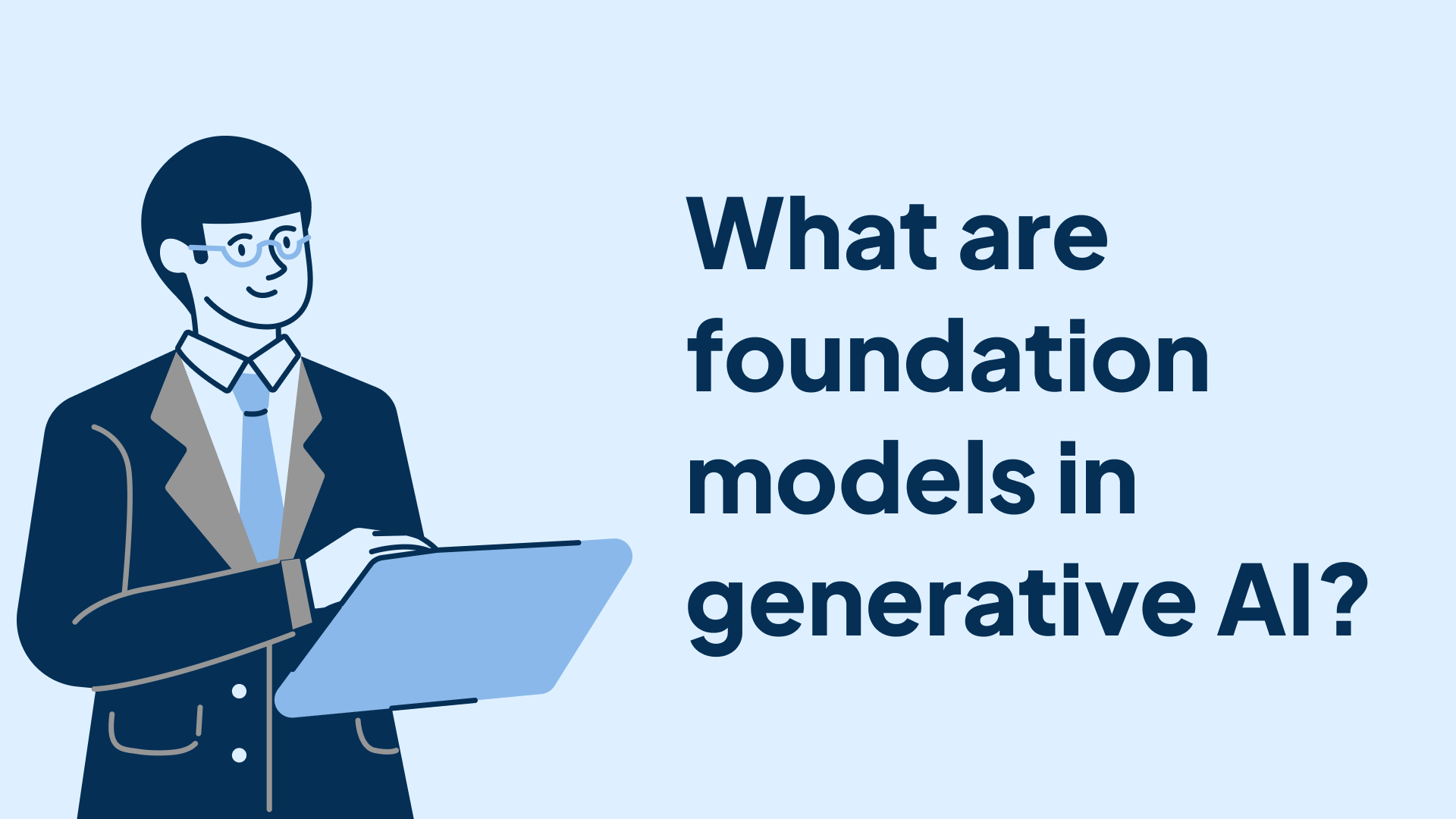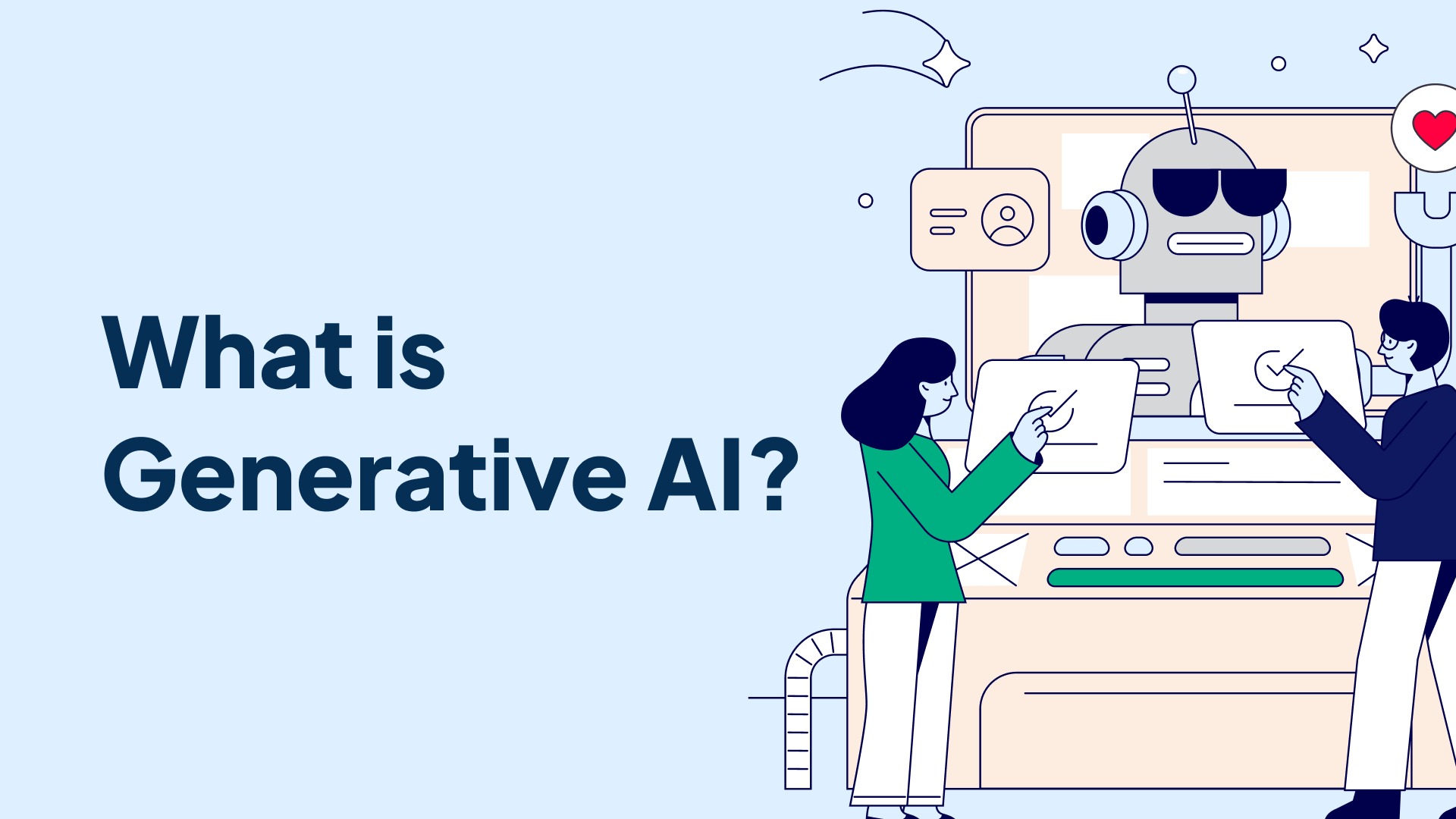If you've been following the latest developments in artificial intelligence, you've no doubt heard about ChatGPT. This advanced AI chatbot from OpenAI has taken the world by storm with its ability to engage in realistic conversations and generate human-like text on almost any topic. But have you ever wondered what's going on under the hood of ChatGPT? How does this remarkable technology actually work?
In this article, we'll take a deep dive into the AI behind ChatGPT to understand the key innovations that enable its impressive natural language abilities. From the transformer architecture to unsupervised pre-training to reinforcement learning, we'll explore the major building blocks of this cutting-edge AI system.
The GPT Language Model
At the core of ChatGPT is the GPT (Generative Pre-trained Transformer) language model developed by OpenAI. GPT is a deep learning neural network that has been trained on a massive amount of text data to gain a statistical understanding of human language.
The current version of ChatGPT is built on GPT-3.5, while GPT-4 powers the more advanced ChatGPT Plus. These models have been trained on hundreds of billions of words from websites, books, and articles across the internet. By analyzing patterns and relationships in this training data, GPT learns the intricacies of language - from grammar and syntax to semantics and context.
Transformer Architecture
One of the key innovations behind the GPT models is the transformer architecture. Traditional language models processed text sequentially, one word at a time. This made it challenging to capture long-range dependencies and contextualized meanings.
Transformers introduced a mechanism called "self-attention" that allows the model to weigh the relevance of each word to all other words in a sentence or paragraph. This enables the model to build rich, contextualized representations of language that capture nuanced relationships between words and phrases.
GPT's transformer architecture consists of multiple layers (known as "attention blocks") stacked on top of each other. Each layer refines and builds upon the representations learned by the previous layer. This deep, hierarchical structure allows GPT to develop a sophisticated understanding of language.
Unsupervised Pre-Training
Another key aspect of ChatGPT is its use of unsupervised pre-training. Unlike earlier language models that were trained on labeled datasets for specific tasks, GPT is pre-trained on raw, unannotated text in a self-supervised manner.
During pre-training, GPT is tasked with predicting the next word in a sentence based on the words that come before it. By doing this over and over across its massive training dataset, the model learns the statistical patterns and structures of language in a generalized way.
This unsupervised pre-training allows GPT to develop a broad understanding of language that can then be fine-tuned for various downstream tasks like question-answering, text completion, and conversation. It's a major reason why ChatGPT is so versatile and can engage on almost any topic.
Reinforcement Learning
While unsupervised pre-training provides GPT with a strong language foundation, it's not enough on its own to create an engaging chatbot experience. That's where reinforcement learning comes in.
OpenAI uses a technique called Reinforcement Learning from Human Feedback (RLHF) to fine-tune GPT for conversation. With RLHF, human raters provide feedback on the quality of the model's conversational responses. The model is rewarded for generating responses that humans deem appropriate, coherent, and engaging.
Through many rounds of RLHF, ChatGPT learns to optimize its language generation to produce satisfying conversations from a human perspective. This training process helps steer the model away from inconsistent, nonsensical, or problematic outputs.
Bringing It All Together
So, how does it all come together in ChatGPT? When a user enters a prompt, the transformer model processes it by attending to relevant information across the full context of the conversation. It then generates a response word by word, using its statistical language understanding to produce text that follows naturally and coherently from the prompt.
The RLHF training helps ensure these responses are not only linguistically well-formed but also relevant, helpful, and engaging for the human user. Meanwhile, the unsupervised pre-training and broad knowledge gained from web-scale data allow ChatGPT to converse on a wide range of subjects.
It's a complex dance of advanced language modeling, deep learning architectures, and human-guided fine-tuning - all working together to create the astounding conversational abilities we see in ChatGPT.
The Future of Conversational AI
ChatGPT is a major milestone in the evolution of conversational AI, but it's certainly not the end of the story. OpenAI and other researchers continue to push the boundaries of what's possible with language models and chatbot systems.
Larger language models, more efficient training techniques, improved safety and truthfulness measures, and multimodal abilities (e.g., integrating images and video) are all active areas of research and development. We can expect chatbots to become ever more knowledgeable, coherent, safe, and useful as this technology progresses.
At the same time, it's important to recognize the current limitations of systems like ChatGPT. Despite its impressive language skills, ChatGPT does not truly understand concepts the way humans do. It can make mistakes, exhibit biases, and sometimes produce nonsensical or inconsistent responses.
As we continue to advance conversational AI, maintaining a realistic view of its capabilities and limitations will be crucial. Used thoughtfully and in combination with human intelligence, tools like ChatGPT have immense potential to enhance and augment many aspects of our lives and work. Understanding how these systems function is key to wielding them effectively and responsibly.
While the inner workings of ChatGPT are highly complex, at a high level, it's a story of training AI to comprehend and generate human language by exposing it to vast amounts of data and guiding it with human feedback. Through innovations like the transformer architecture, unsupervised pre-training, and reinforcement learning, ChatGPT achieves a remarkable simulation of natural conversation.
As we've seen, the development of ChatGPT represents a significant leap forward for language technology. Its ability to engage in open-ended dialogue on almost any topic has captured the public imagination and opened up new possibilities for human-computer interaction.
So, the next time you marvel at ChatGPT's uncanny language skills, remember the groundbreaking AI that makes it possible. Though the effortless conversation may seem like magic, it's actually the product of cutting-edge research and engineering - a glimpse into the exciting future of artificial intelligence.










